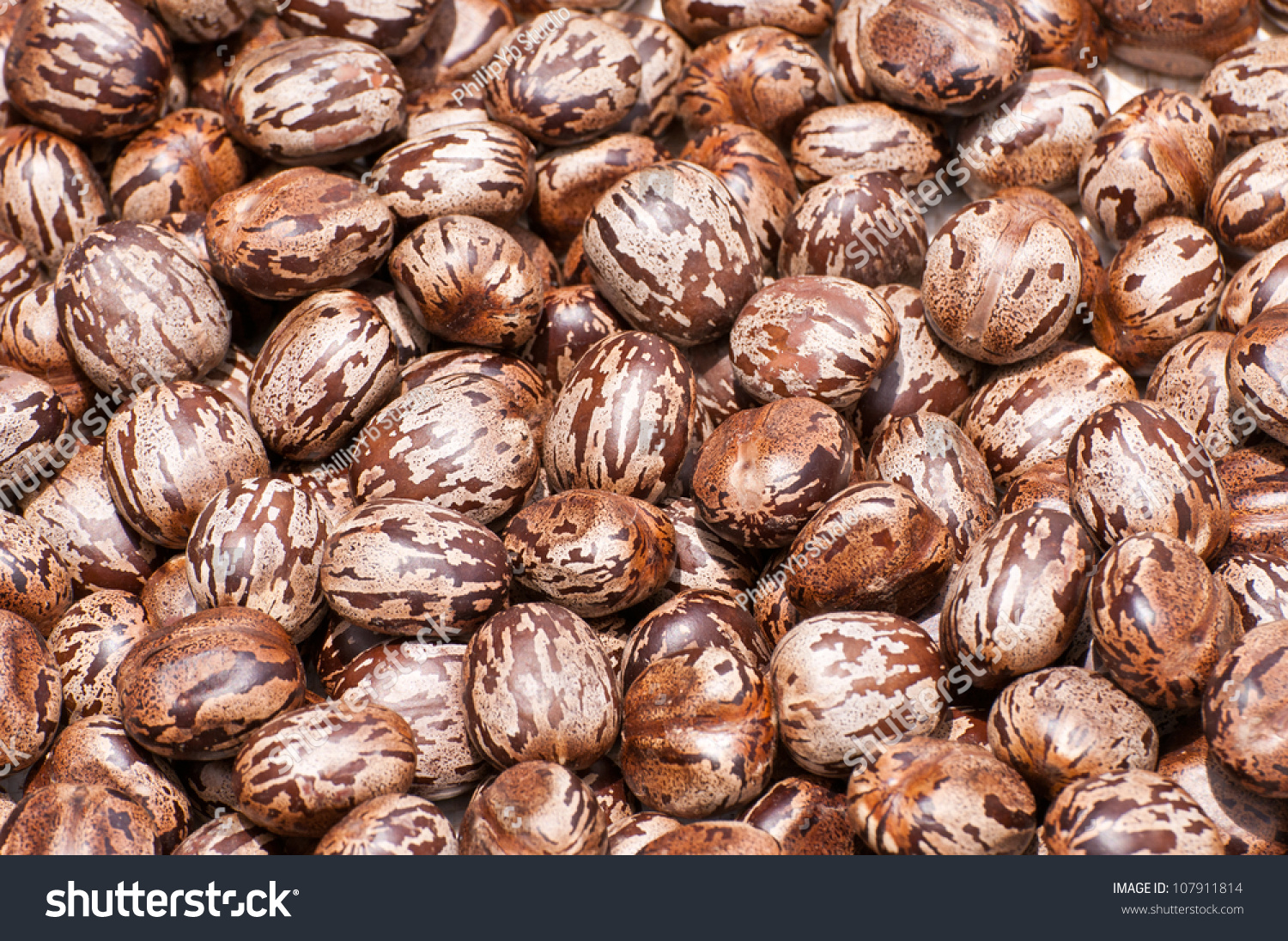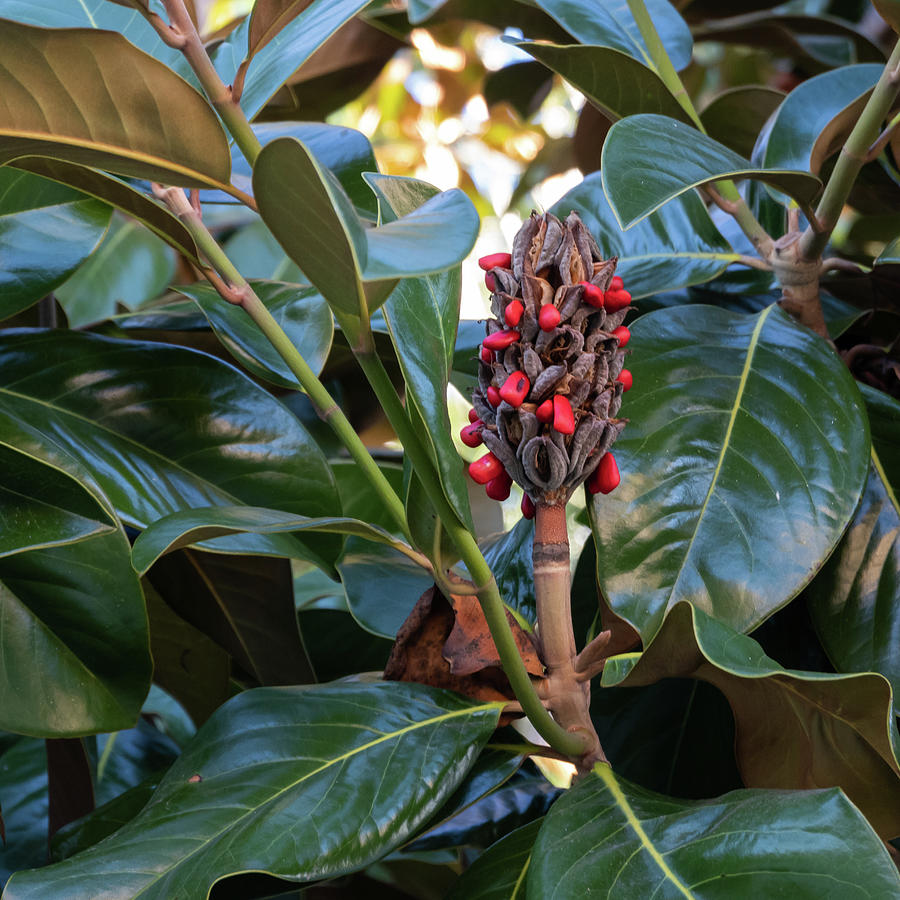Prudentmoms Types of Seeds
by Matt | Oct 24, 2022 | Mast Trees The rubber tree is a tropical evergreen tree that produces a milky white sap that is the source of natural rubber. The tree is native to South America, but was introduced to Southeast Asia in the early 19th century. The rubber tree grows up to 30 meters tall and has a spreading canopy of up to 40 meters.
Prudentmoms Types of Seeds
Pruning - Left unpruned, rubber tree plants take a tall, tree-like form. To make a rubber tree plant bushy, prune back the branches a few inches in late winter. This stimulates branching at the cut. Remove dead or damaged leaves anytime, but always wear gloves — the rubber plant's milky sap can cause skin reactions.

Rubber Tree seed YouTube
Rubber seed oil is oil extracted from the seeds of rubber trees. In the latex manufacturing process, rubber seeds are not historically collected and commercialized. Recent analysis shows that rubber seed oil contained the following fatty acids: [1] [citation needed] Palmitic (C16:0) - 0.2% Stearic (C18:0) - 8.7% Oleic (C18:1) - 24.6%

Rubber seed stock image. Image of agriculture, garden 15800149
Horticulturalist Maggie Moran explains, "A rubber tree requires an equal amount of both sunlight and shade. Plant your tree in a location that has these conditions for best results.". 5. Grow in temperate climates when placing the tree outdoors. In the United States, this plant grows best in hardiness zones 10 and 11.

Reference for rubber seeds can try and find copyright free image to
Rubber seed shell (RSS) is an agricultural waste material from natural rubber tree, which is widely cultivated in areas of Southeast Asia, including Thailand, Malaysia, and Philippines.

Rubber tree seed stock photo. Image of industry, exterior 48754604
Rubber Tree Seeds are an item situationally added by Ex Nihilo. They are placed like standard tree saplings, and when placed create either a IndustrialCraft 2 Rubber Tree Sapling or a MineFactory Reloaded Rubber Tree Sapling One or both mods must be installed for Rubber Tree Seeds to be obtainable.

Rubber Tree Seeds Opened on the Ground Stock Photo Image of ripe
Here are the steps on how to grow a rubber plant from seed. If a flower blooms out of your rubber plant, you can collect those seeds and plant them. Here are the steps on how to grow a rubber plant from seed. If a flower blooms out of your rubber plant, you can collect those seeds and plant them.

Rubber Trees » Curious Cat Science and Engineering Blog
Rubber tree is also known as a banyan plant, a part of the epiphyte or strangler fig family. When given ideal growing conditions, this plant can overtake an area with buttressed roots that spread for hundreds of feet in some instances. Roots can even grow aerially, reaching between trees.

Rubber Tree Seed Stock Photo 107911814 Shutterstock
Propagation is a term used in horticulture referring to the breeding of plant specimens using natural processes from parent stock. Essentially, it is creating new plants from a parent plant you already have. There are many ways this happens, all of which you can observe in nature, depending on the plant species.

Bark of Rubber Tree Seed on Rubber Tree Seeds, Hevea Brasiliensis Seeds
Rubber tree seed oil not only has a high ability to become an excellent source of biofuel but also has enormous potential in other industrial sectors. Products derived from RSO are used in several industrial sectors, including the paint industry, soap industry, and engineering sector as core binders. All products obtained from rubber trees can.

Rubber Tree Seed in the Bark on the Ground, Hevea Brasiliensis Seeds
Rubber tree seed oil providing a one-stop solution for soap, cosmetics, and mineral spray oil. • Diverse uses of rubber tree seeds in areas other than its latex and biodiesel. • Rubber tree seeds- An alternative source of food and fodder. Abstract Hevea brasiliensis emission.

Rubber Tree Seed — Stock Photo © tawintaew 32917173
Rubber tree plants, specifically, cleanse particles of formaldehyde from the air in addition to eliminating other nasties like bacteria and mold from your indoor air. 2. Oxygen Production Like other plants, the intake of carbon dioxide and subsequent release of oxygen is a natural part of a rubber tree's metabolic processes.

Rubber Tree Seeds and Bark in Soil, Hevea Brasiliensis Seeds Closeup
A rubber tree, also referred to as rubberwood, can be tapped for latex once it reaches approximately six years of age. In order to reproduce, the fruit of the rubberwood burst open when ripe, scattering its many seeds in an area spanning up to 100 feet from the tree. Habitat

Rubber Tree Seed On Bark On Other Rubber Tree Seeds Hevea Brasiliensis
Hevea brasiliensis, the Pará rubber tree, sharinga tree, seringueira, or most commonly, rubber tree or rubber plant, is a flowering plant belonging to the spurge family Euphorbiaceae originally native to the Amazon basin, but is now pantropical in distribution due to introductions.

Rubber Tree Seed On Bark On Other Rubber Tree Seeds Hevea Brasiliensis
Place your rubber tree in a spot with moderate temperatures (75-85 degrees during the day and 60-65 degrees at night) and away from cold drafts or dry heat. Rubber trees are highly adaptable and thrive in bright, indirect light, or lower light spots.

Rubber Tree Seeds Photograph by Robert VanDerWal
Rubber tree ( Ficus elastica ), also known as rubber plant, is a favorite houseplant thanks to its broad, glossy, emerald-hued leaves and impressive growth rate. This tropical plant can grow up to 100 feet tall in its natural habitat or over six feet tall indoors in just a few years with proper care.